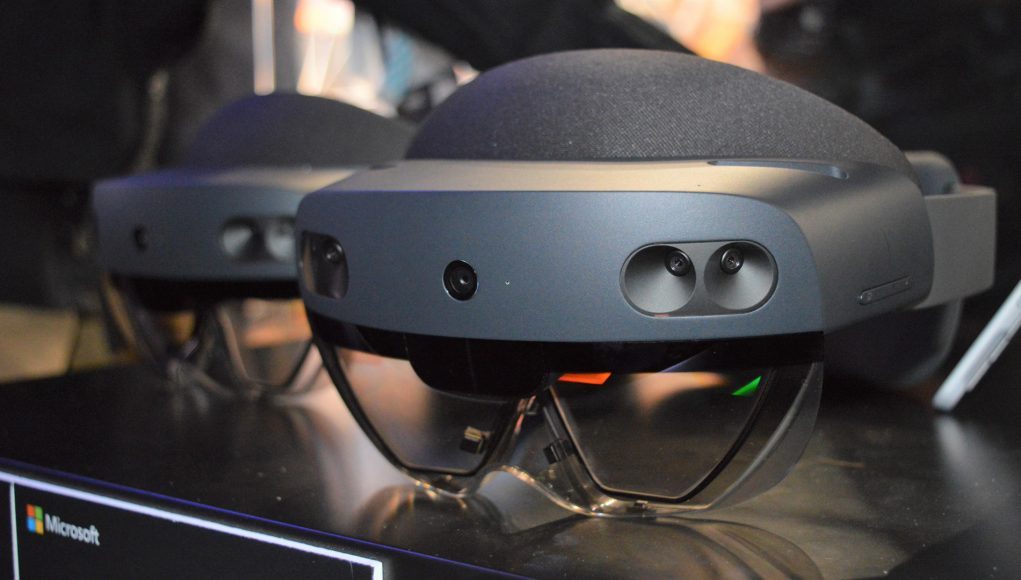Microsoft today announced they’re releasing a developer-focused HoloLens 2 bundle that aims to make the AR headset and software tools more accessible to developers and businesses.
Aptly named the HoloLens 2 Development Edition, Microsoft is pitching the bundle staring at $99 per month/per user.
The bundle includes the HoloLens 2 hardware, $500.00 in Azure credits for use with the company’s Azure mixed reality services, and a three-month free trial of Unity Pro and the Unity PiXYZ Plugin for CAD data.
The standard HoloLens 2 offering unveiled at MWC this year is still in its pre-order phase, however having the ability to pay a monthly fee versus plonking down the full $3,500 for the headset alone may be more palatable for businesses and developers looking to get their feet wet with the device.
Microsoft sees their HoloLens 2 Development Edition as a way to catalyze what it calls the “third wave of computing,” something it hopes will help them engage three times as many AR developers as it did this past year—more than 20,000 developers, by Microsoft’s reckoning.
Broadening its goal to reach more developers, Microsoft will also be hosting more meetups, programs, events and hacks, such as today’s Mixed Reality Dev Days event.
You can learn more about the HoloLens 2 Development Edition hololens.com to learn more about the HoloLens 2 Development Edition and sign up to stay updated about latest news, mixed reality toolkits, code samples and open source projects.







